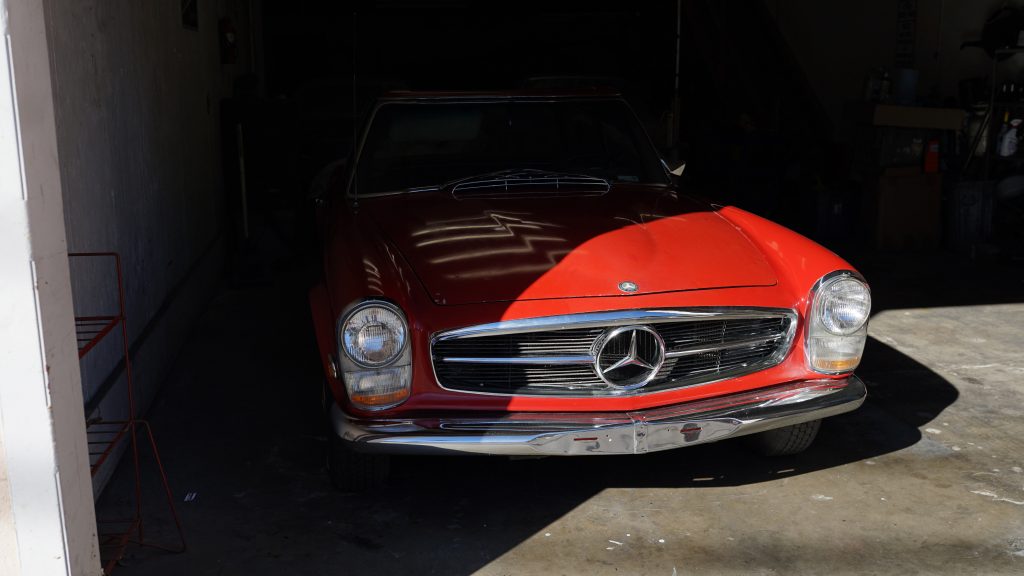In Appreciation of Originality
- January 31, 2022
- W113
- Posted by Dutch Doubleclutch
- Comments Off on In Appreciation of Originality

In Appreciation of Originality
We all appreciate cosmetic perfection, yet there is something to be said for an artifact of human craftsmanship which has survived for five decades or longer, mostly in its original state. Many of us, in our rush to buy the shiny and new – end up buying something which is merely a replica of what the manufacturer originally produced. In many cases, a vendor or other seller, in their rush to meet the typical buyer’s demands, places a cosmetic veneer over a degraded foundational structure or compromised mechanicals.
Human nature being what it is, we tend to seek the lowest price. We try to make comparisons of like-kind but once we get out of our own field of specialty, we are unqualified and can make large errors. Comparing various shiny vehicles and choosing the lowest price is often error producing. This translates to someone buying a 50-year-old collector car that has beautiful cosmetics, only to find that those cosmetics have been applied over a horribly deteriorated foundation, and often the form it takes in our industry is rust and poorly repaired collision damage.
We, as buyers, prompt sellers to ‘push the envelope’ with hyperbole: ‘top condition’ ‘fully restored’ ‘outstanding’ ‘excellent’.
If one wants something with staying power which has proved its mettle, one might seek out a highly original car. Not ‘as-stock’ but true originality; the actual pieces it left the factory with. Rarely do we get 100% since there are soft parts and maintenance items (think brake pads). But if 100% original is our ideal and we are practical, we will seek the highest level of originality for a reasonable price.
Sometimes it takes a bit of detective work to uncover the reality of a car in the marketplace. The soft parts are a clue; what does the interior look like, especially on a purported low mile car? What does the cardboard firewall pad look like? If we are talking extreme originality and low mileage on a convertible, is the original soft top present? How many other original soft parts are present, the carpet, wood, dash?
We give daily-drivers a pass for new items to various levels of authenticity. Daily-drivers are bound to undergo issues that any car used frequently would. Holding them to a standard that you would hold a restoration or original vehicle would not necessarily be fair. When working with world-class cars, they come in two flavors; highly original and fully restored, with variations between the two poles. This essay is a short glimpse into the burgeoning industry that classic cars have become in the past 20 years; and how more than ever it is important to understand the distinction between original, fully restored, and the area between.
At the end of the day, there is no one true way which makes a car your own. Guidelines are loose when speaking about objects of passion such as a classic car. These vehicles are items of passion and items of luxury. Whatever your definition of luxury is, we encourage you to love and enjoy ownership. The key difference we are trying to derive from this is that you walk away understanding the differences between ‘original’, ‘restored’, and ‘fixed up’. All have advantages. Many would consider restored better when in reality it is the wrench that turns it which makes the most difference. In most cases, buying factory spec – or Original – is generally more reliable than buying a restoration from a shop that may not specialize in these vehicles. When considering all factors of a purchase, knowledge in a specialized restoration is arguable the most important.


